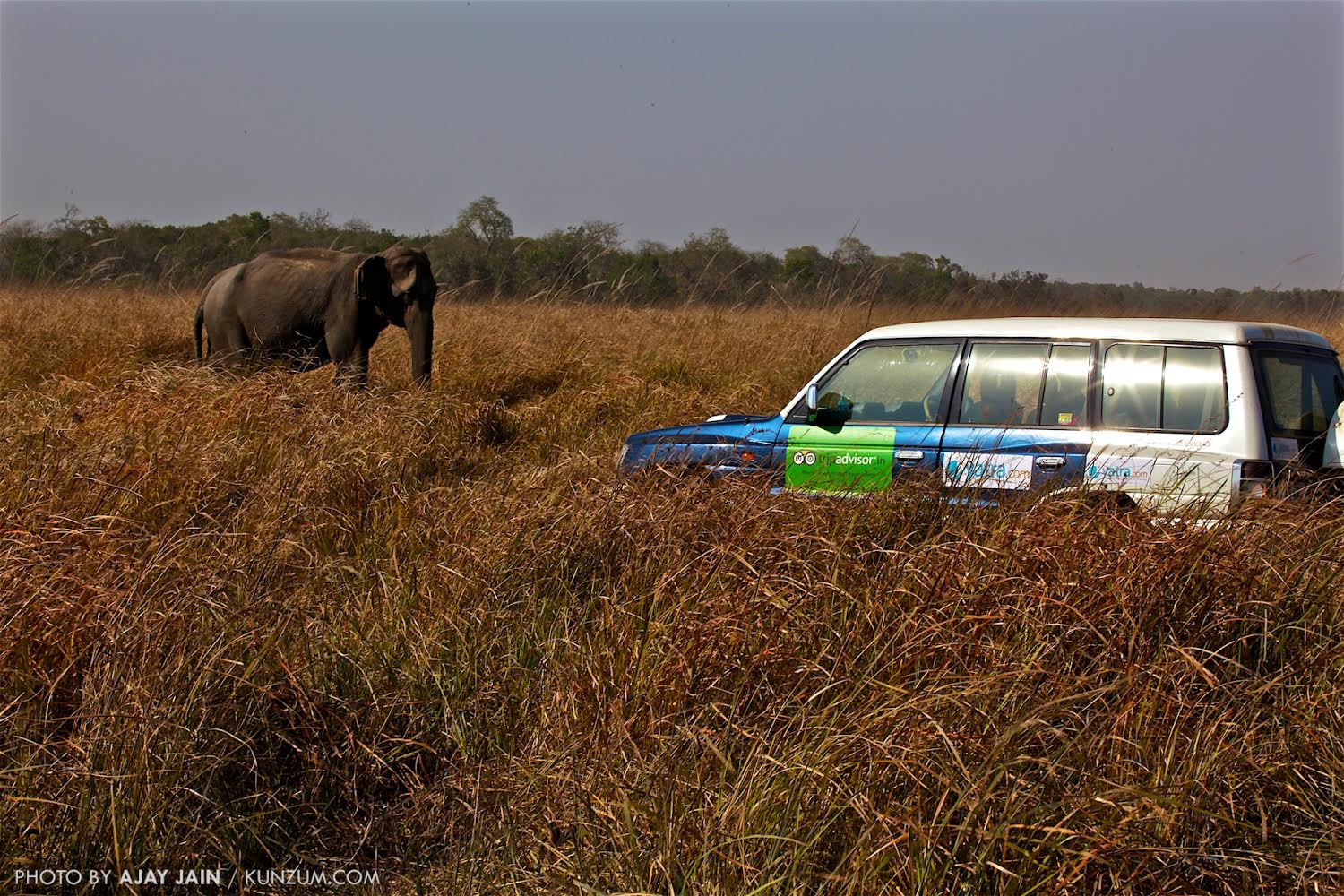
Somewhere along the way, people forgot to take the road to Nepal.
The capital Kathmandu was for long associated with hippies seeking Nirvana, but Nepal was classier than that. Its forests were the hunting grounds for royalty and the elites from all across the world. It may a abhorrent idea today, but we are talking of a different era. Adrenalin seekers got their high in Nepal – it could be scaling Mount Everest and other peaks, or exploring the many trails of the Himalayas. For Hindus and Buddhists, a pilgrimage to Nepal has been important to their faith.
And then things changed. Economic issues were always there in this impoverished landlocked state but that did not deter tourism. The mass assassination of the royal family, struggles in establishing an efficiently functioning democracy and political unrest for decades took its toll. Tourism plummeted. Nepal lost. But the loss to travellers who stayed away was no less.
Because Nepal is a country that has to be visited. Once, and then again. It is safe to travel to – always has been. The Nepalese have hospitality in their DNA, and you want to be served by them. And become their friend as they show you their wonderful country.
DRIVING INTO NEPAL
I live in New Delhi, the capital to India – not too far from the Nepalese borders depending how you perceive distances. To put it in perspective: I headed out at the crack of dawn in my car, crossed into Nepal a little after noon, and was driving my own car inside the Shuklaphanta National Park tracking rhinos well into the twilight hour. The heavy woods and tall grasses took on a golden hue and the skies turned red and orange and eventually dark grey before I drove out of the reserve. I could not have asked for a better welcome to what would turn out to be a memorable road trip.
Over three weeks, I savoured a traveller’s buffet. Wildlife, rivers, lakes, temples, festivals, people, history, architecture, mountains, artists, coffee – my plate was full. And yet every course whetted my appetite for more.
SHUKLAPHANTA NATIONAL PARK
My first stop was Mahendranagar, close to the reserve, just across the border from India. The hotels there are modest but camps have now come up in the park. The 305 sq. kms. reserve is home to about 24 mammal species and 350 bird species. Animal sightings are not so common but the jungle is a delight to be in anyway.
Additional excursions included a walk across the Dodhara Chandani pedestrian suspension bridge, one of the longest in Asia at 1.45 miles (2.3 km) connecting far-flung villages across the Mahakali river, and off-roading to the relatively obscure Lake Betkot with blue and green waters dedicated to Hindu God Shiva.
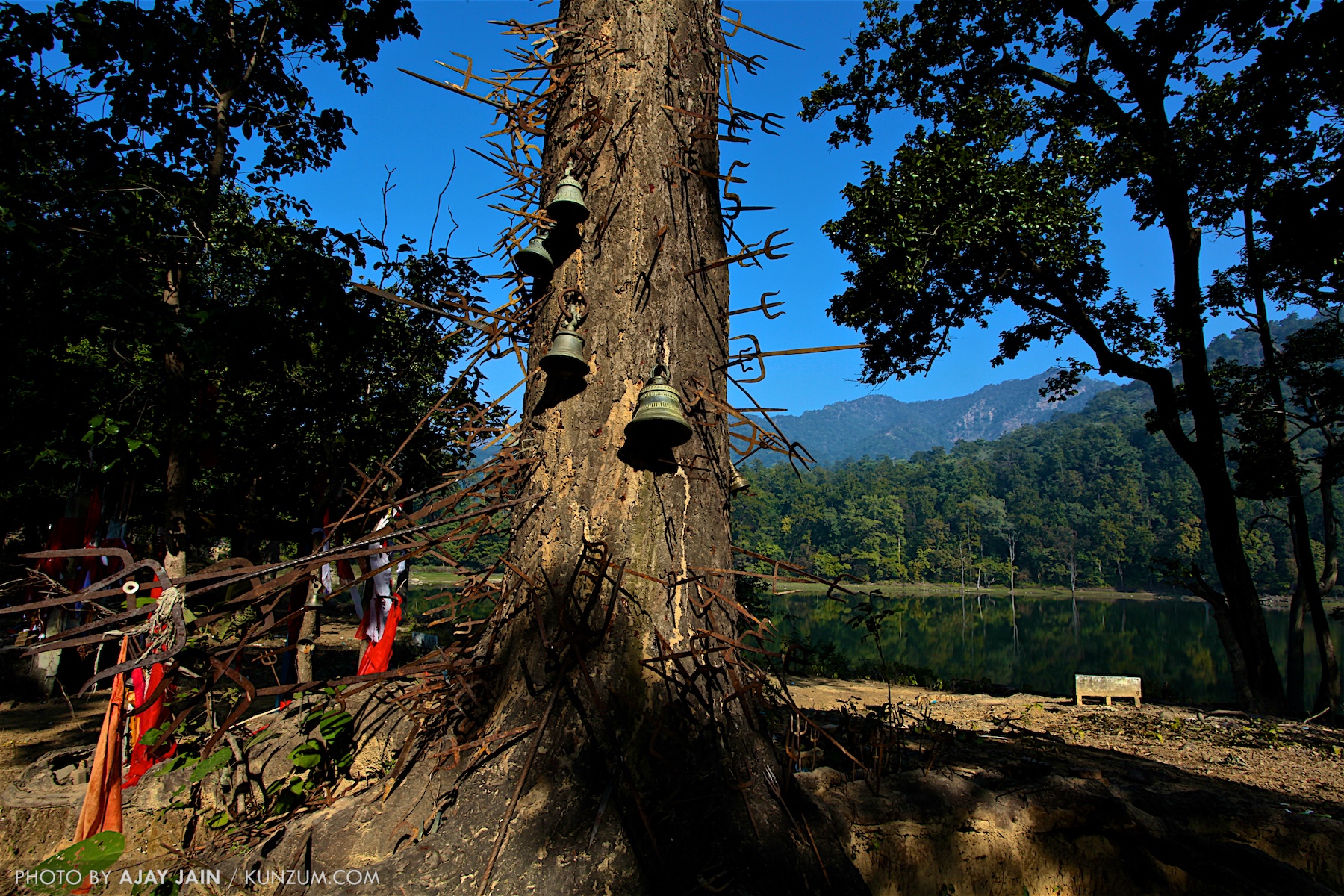
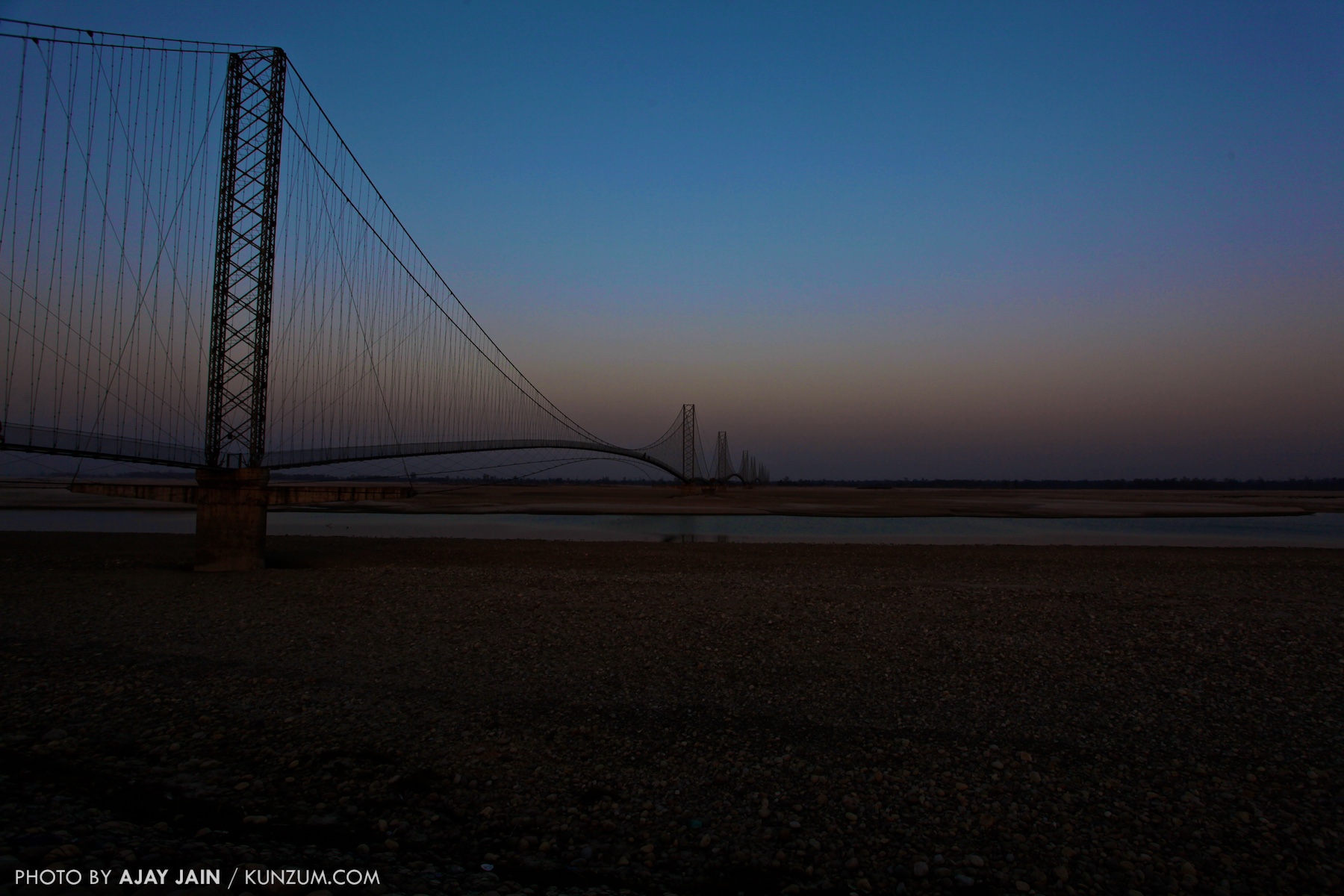
BARDIA NATIONAL PARK
Bardia is a natural heritage we all have to treasure. For long, it was a hunting ground for Nepal’s royal family and their rich and powerful friends; it was declared a national park in 1988. Spread over 968 sq. kms. (100,000 hectares), it is home to 53 species of mammals including the Royal Bengal Tiger and the one-horned rhinoceros and over 400 species of birds and several varieties of reptiles and water animals.
Having been promised Gangetic Fresh Water Dolphins and wildlife sightings, I signed up for a 28 kms (17 miles) cruise down the Karnali river running along Bardia. I was disappointed not to spot any dolphins – human activity has pushed them to the verge of extinction. But it was still a delightful day out with many birds including the Rudy Shelducks giving us company. The clear blue waters and the silence had a calming effect on me.


LUMBINI
Next stop was Lumbini, a UNESCO World Heritage Site and believed to be the birthplace of the Buddha in 623 B.C. The central attraction is the sacred garden with its Maya Devi Temple named after Buddha’s mother Queen Mahamaya or Maya Devi; a pillar has been erected by King Ashoka to mark this sacred spot. There are ancient excavations inside including a marker stone depicting the exact spot where Buddha was born and a bas-relief of Mayadevi.
Lumbini is one of the four important places associated with the life of Buddha, the others being Bodh Gaya (where he attained enlightenment), Sarnath (where he first preached) and Kasia (where he passed away and attained Nirvana). The Sacred Garden is a massive complex with elaborate monasteries built by many countries including Germany, China, Thailand, Myanmar, South Korea, Nepal and India. Hop on to cycle-rickshaws to navigate the town.
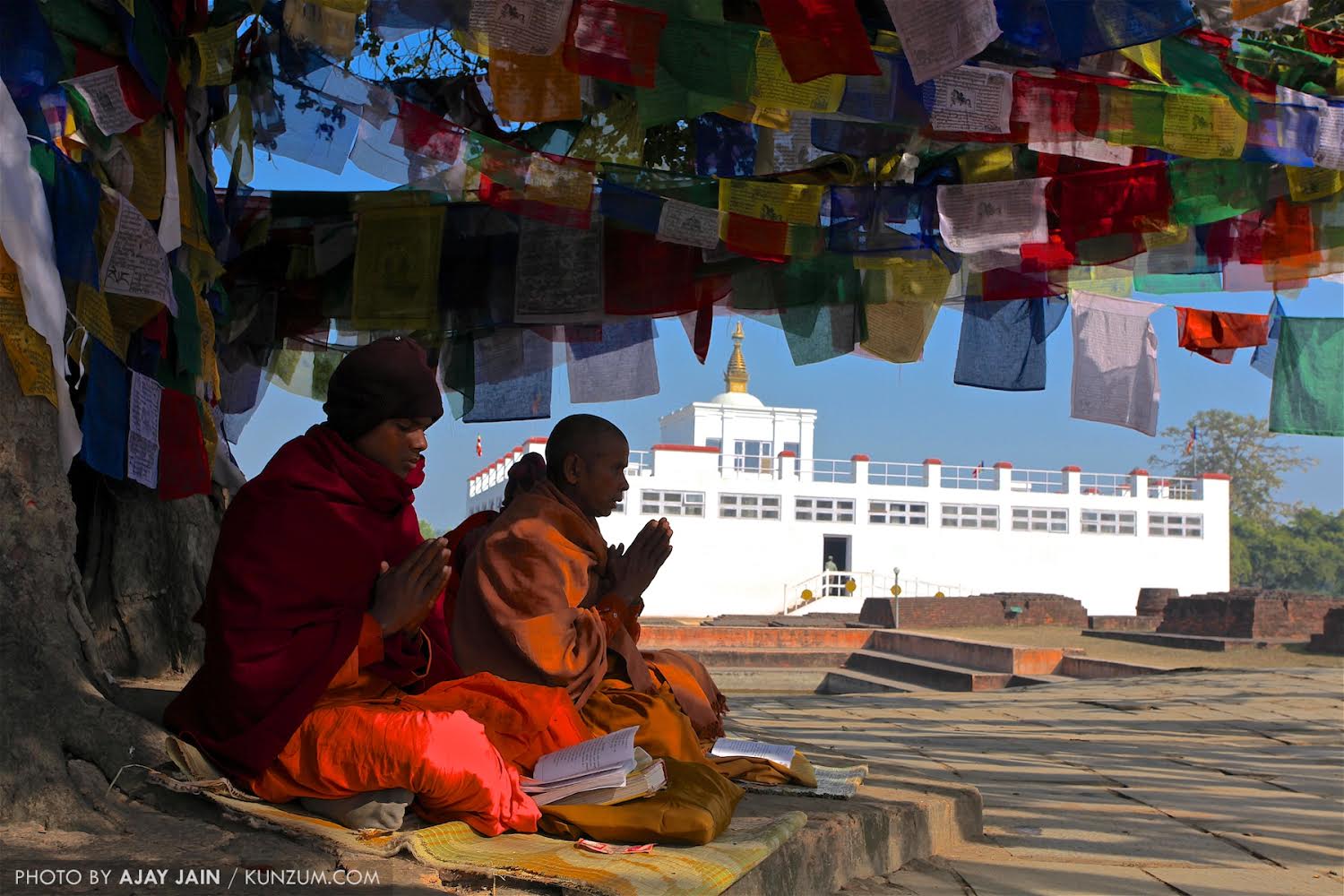
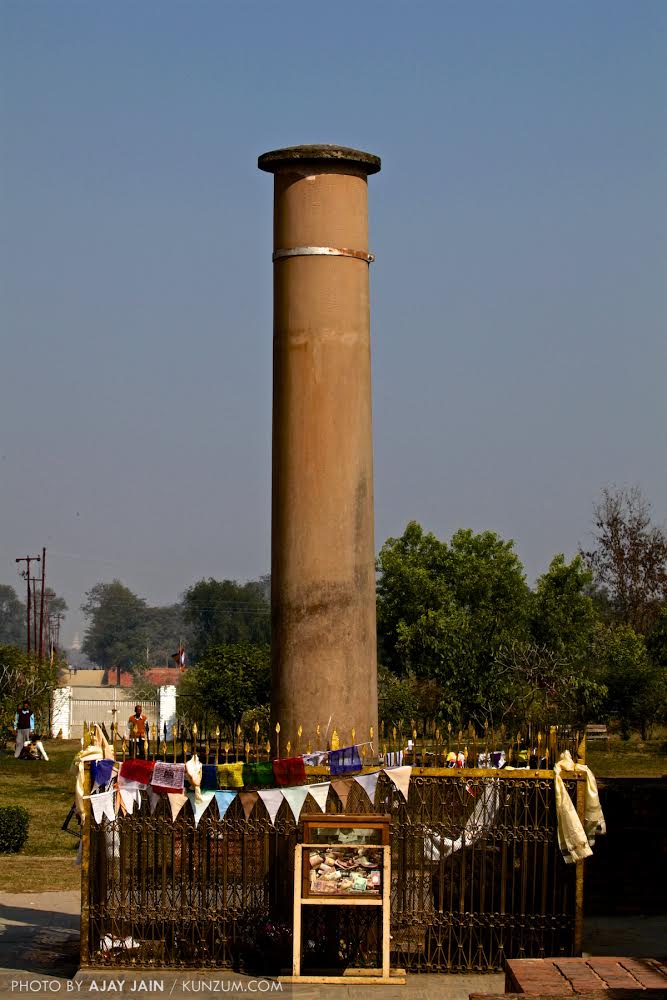
TANSEN
Tansen was a famous Hindustani classical singer in the court of Emperor Akbar in the 16th century, but what I savoured in this town by the same name were the touching Gandharva songs sung by Til Bahadur Gandharva at a Shiva Temple on a mound; notes from his sarangi added soul to his vocals. The temple, located in Bhairavsthan outside town, has a golden Trishul (trident – a weapon of Lord Shiva) boasted by locals to be the biggest in the world. Want a high? Ask the priests for some ganja (cannabis). I am not kidding.
Tansen itself is a pretty town, home to the culturally rich Newars, a prominent trading community. The town on a hill with its undulating cobblestoned streets and houses with exquisite doors and windows make for pretty picture postcards.
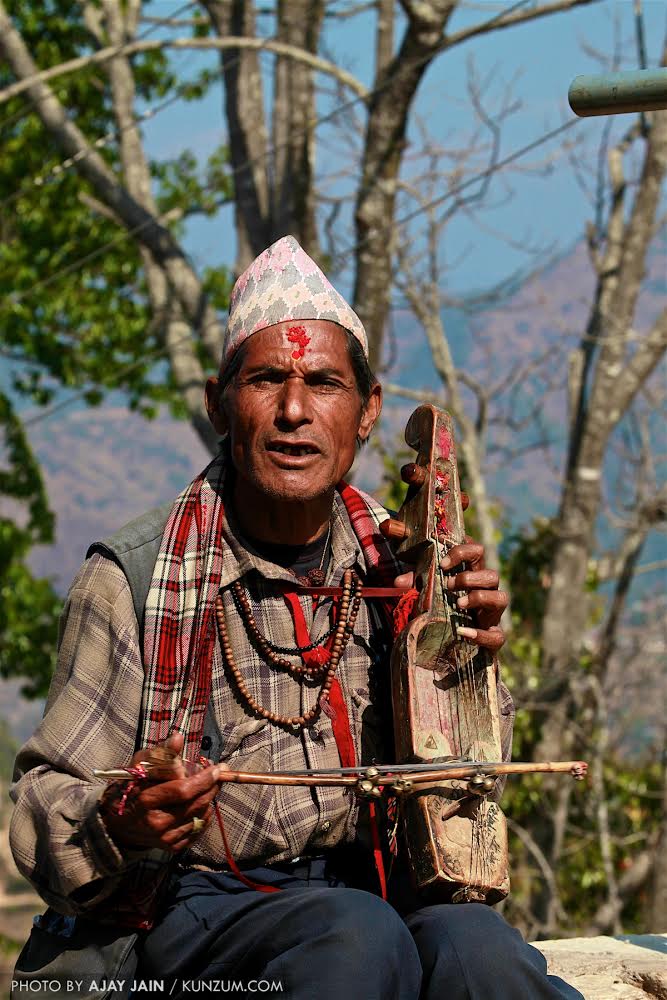
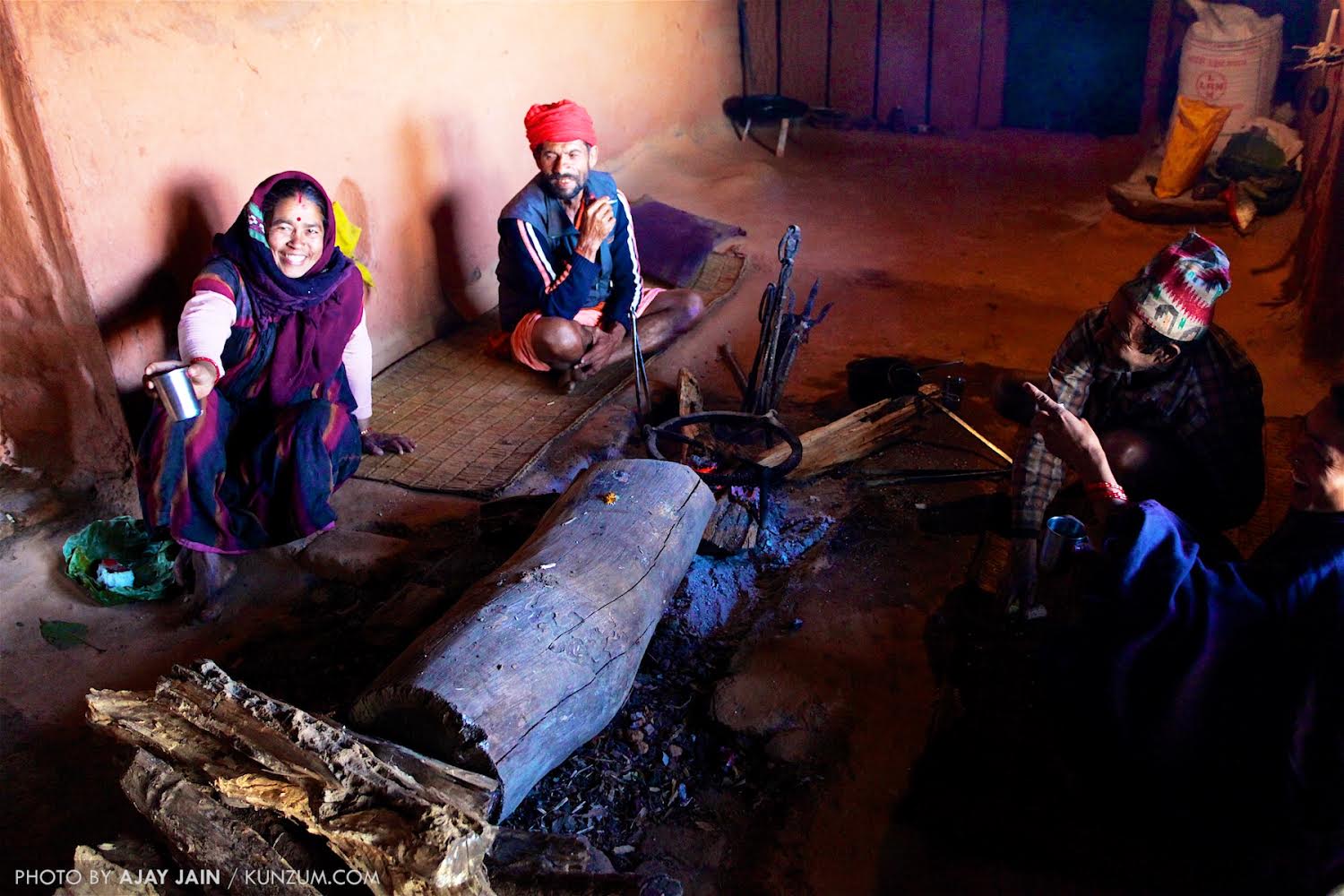
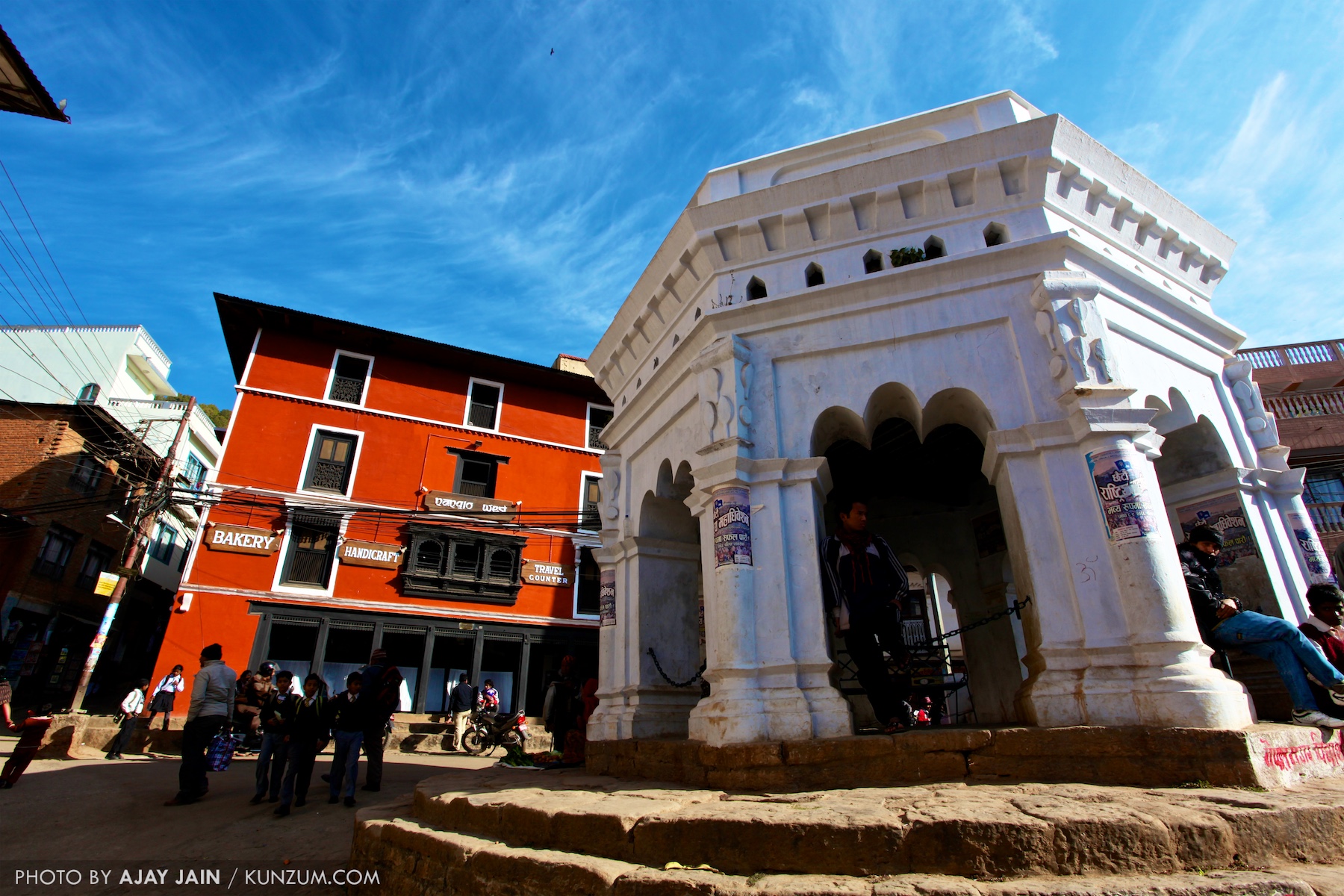
POKHARA
I rate Pokhara as the single best place to visit for travellers in the Indian subcontinent. Settled around the beautiful Fewa Lake at an altitude of 3,000 feet with the 23,000 feet high Machhapuchre (Fish Tail) peak dominating the landscape, the setting leaves you starry-eyed. Treks on the Annapurna circuit, whitewater rafting, paragliding and other high adrenalin adventure await you here. You can put your feet up and enjoy true espressos and yummy wood fired oven pizzas in restaurants offering fine dining at reasonable prices. I could not help shopping for the finest collection of Tibetan artefacts. Early morning is the time to hike up to the Peace Stupa for a panoramic view of Pokhara as the rising sun lights up the area.
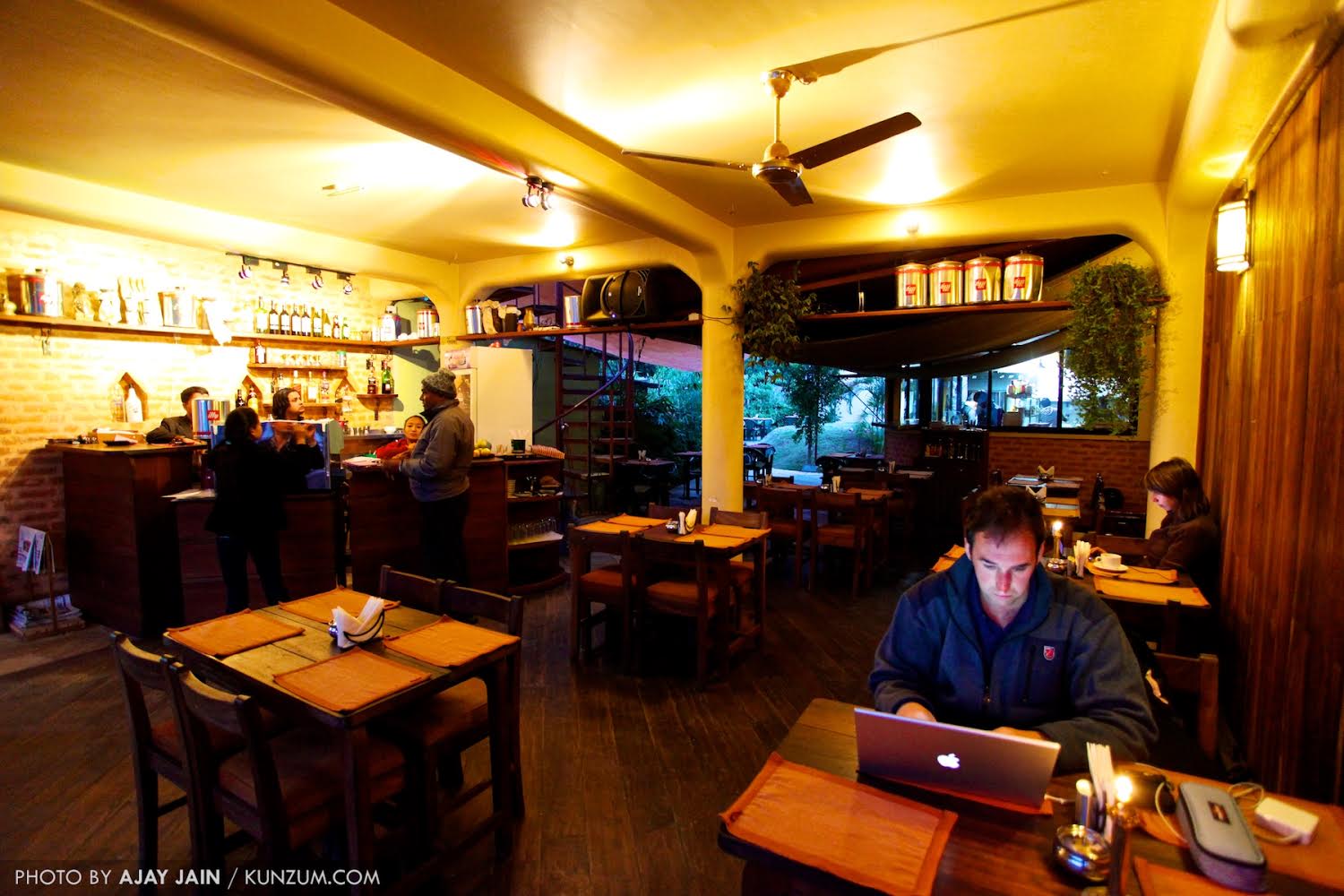
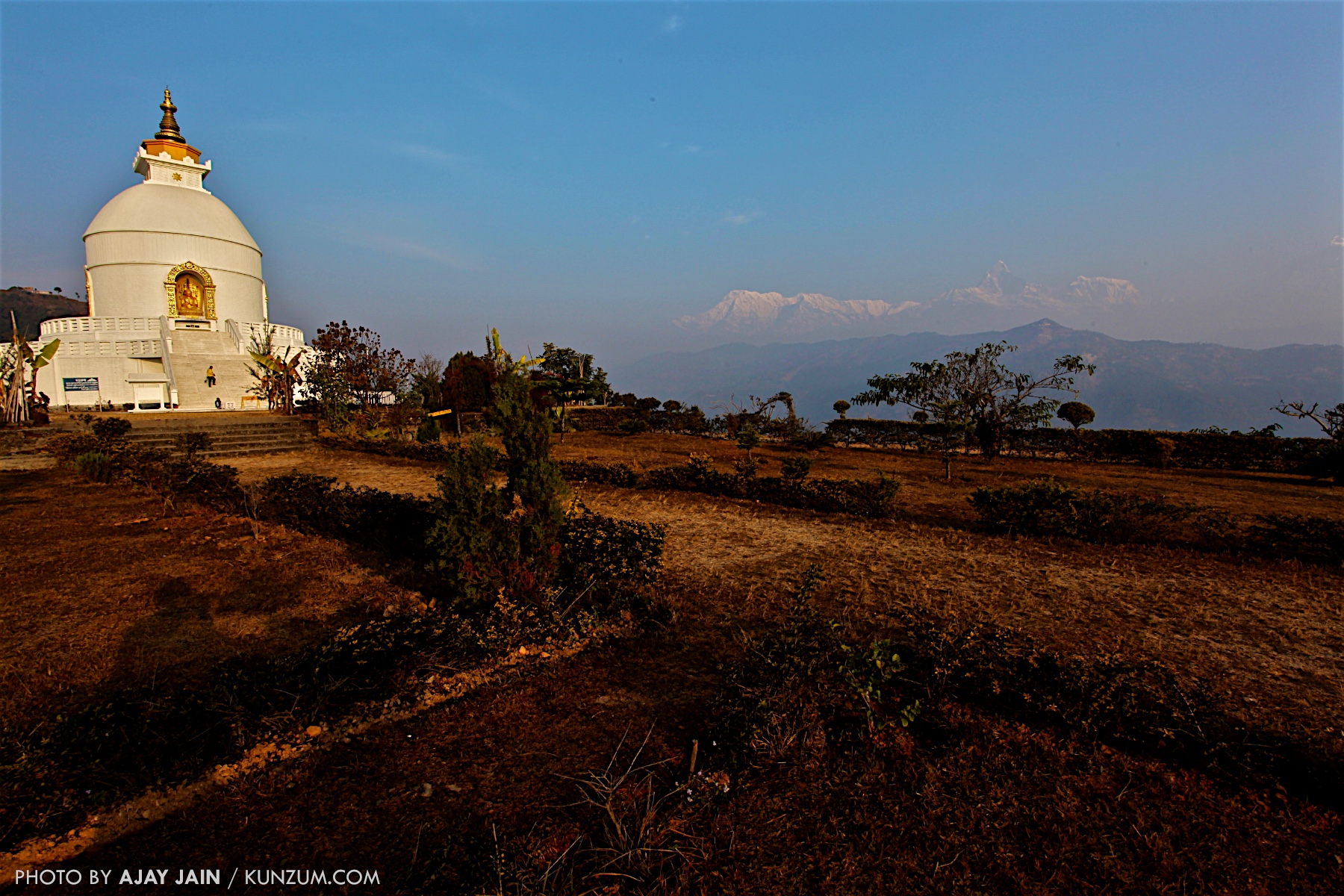

BANDIPUR AND GORKHA
And then I chanced upon Bandipur, a lesser known gem of the country and once an important trading town; the Newars of Bhaktapur had settled here in the 1800s. A no-vehicle zone, you can amble along its streets interacting with locals including children who always seem happy. Spend the night at boutique lodges like the Old Inn. Take a hike to the Siddha Caves, supposedly the biggest in Nepal. A short drive away is Gorkha, a historical town, where the famed Gorkha soldiers come from. I could not see the local palace there, being a particularly heavily rainy day.
On the way, I stopped for a cable car ride up to Manakamana Temple; the way below seems like a dessert bowl serving clouds with snow-capped peak jutting out of those. Whatever your religious views, go up there for wonderful panoramas.


KATHMANDU
It was with a sense of excitement that I drove into Thamel, the ‘tourist badland’ of Kathmandu. Much sobered down with political troubles keeping backpackers away, Thamel is still the place for the best of coffees, food and shopping in Nepal – with sex and drugs being peddled for those needing a headier cocktail. In between the fun, a visit to Patan is a must. Known as the ‘City of Fine Arts’ the structures in the PatanDarbar Square are dated 16th century onwards; most were built during the reign of King Siddhi Narsingh Malla (1618-1661 AD), the first independent Malla dynasty king of Patan. Don’t miss the Patan Museum, with its fine displays depicting the history of the city. No less impressive is Bhaktapur with its temples and courts and a potter’s village where you can see how clay items are produced. Unfortunately, both these cities suffered extensive damages in the massive earthquake of 2015.
Follow this with a visit to Pashupatinath, the most revered of temples for Lord Shiva in the world. And if you are lucky like me, you will be there on Shivaratri when a million devotees and sadhus go there to pray and fast. You can even pick up some marijuana sticks for Rs. 10 each as a ‘prasad’ or offering to Lord Shiva from these ‘holy men.’
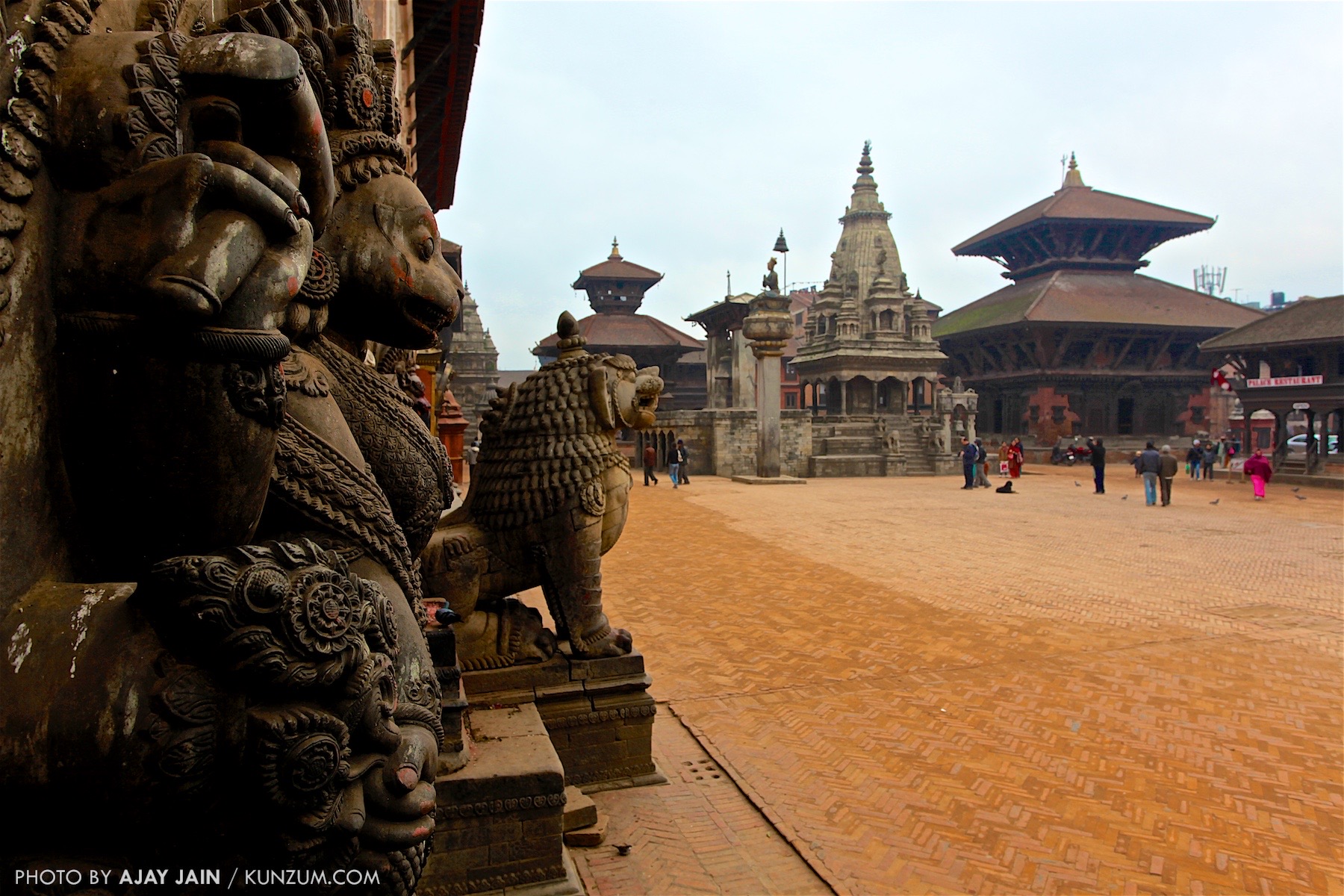
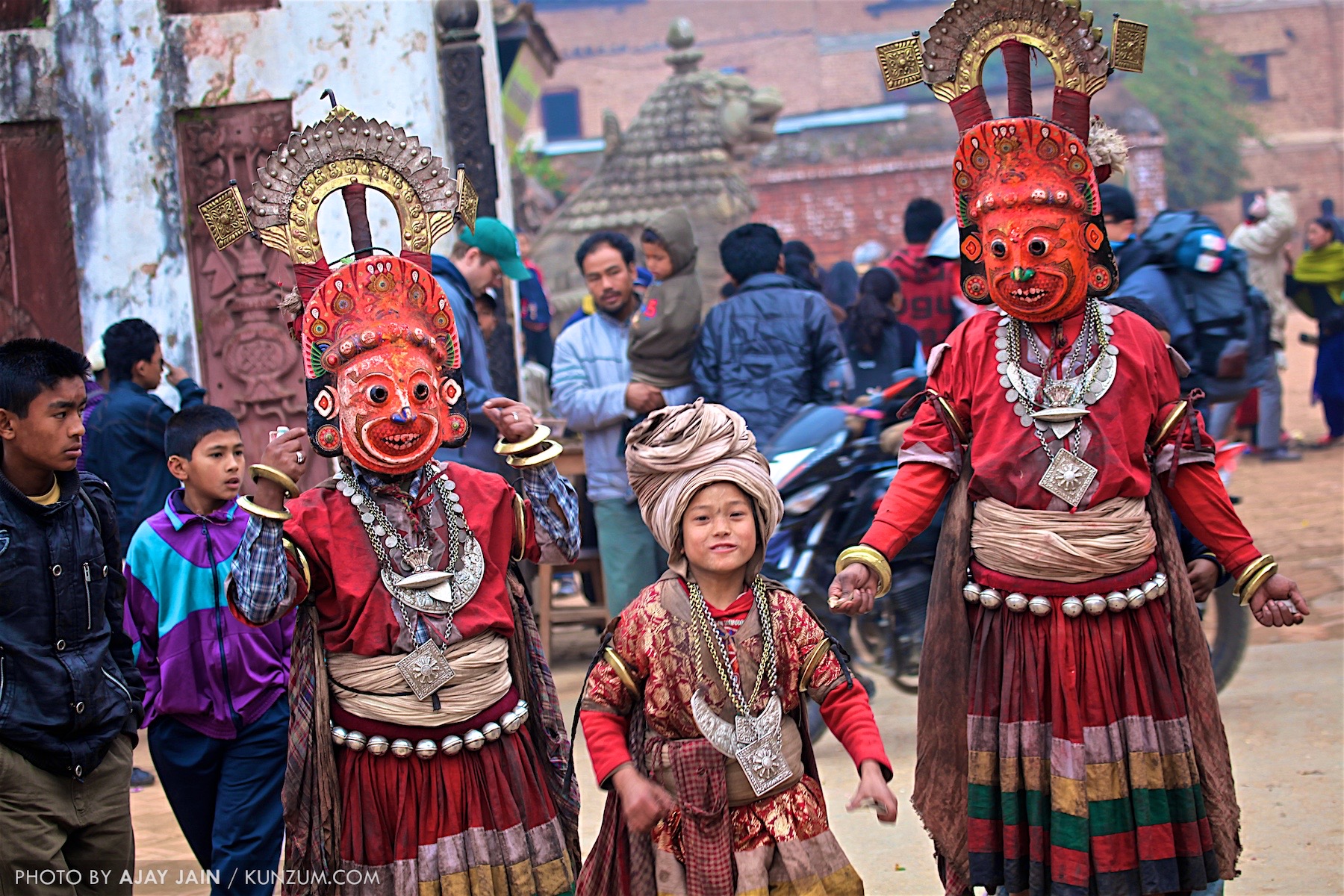
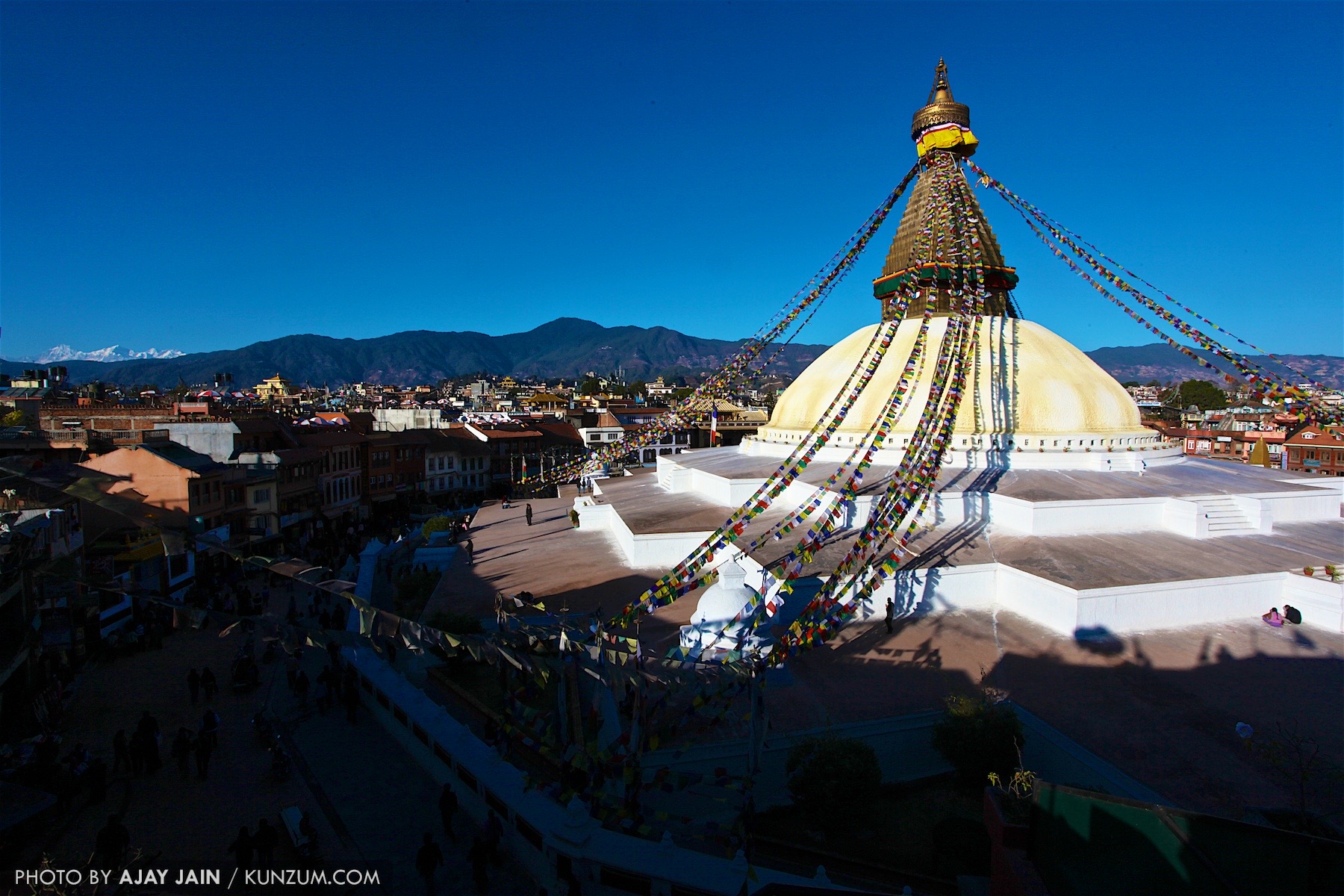
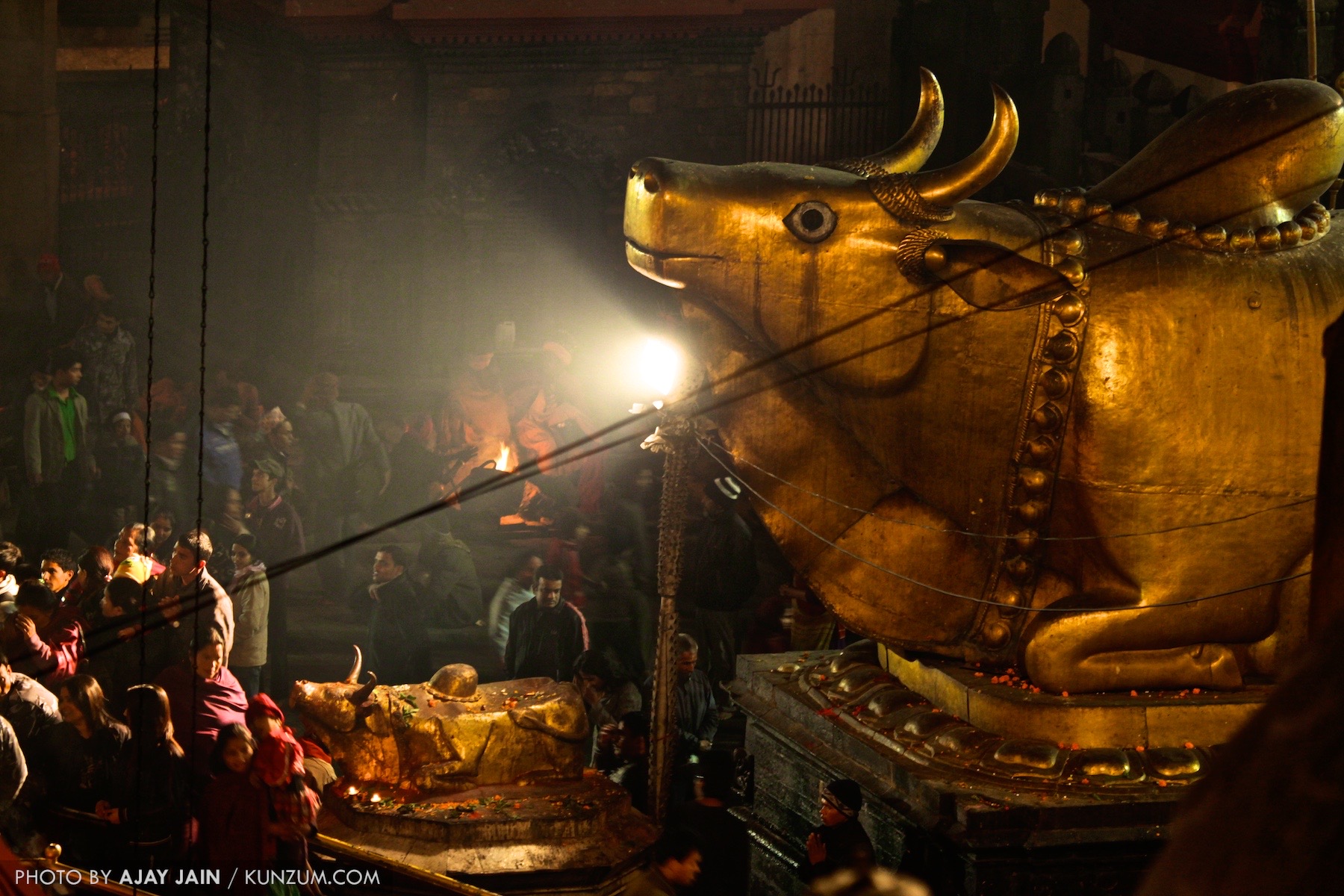

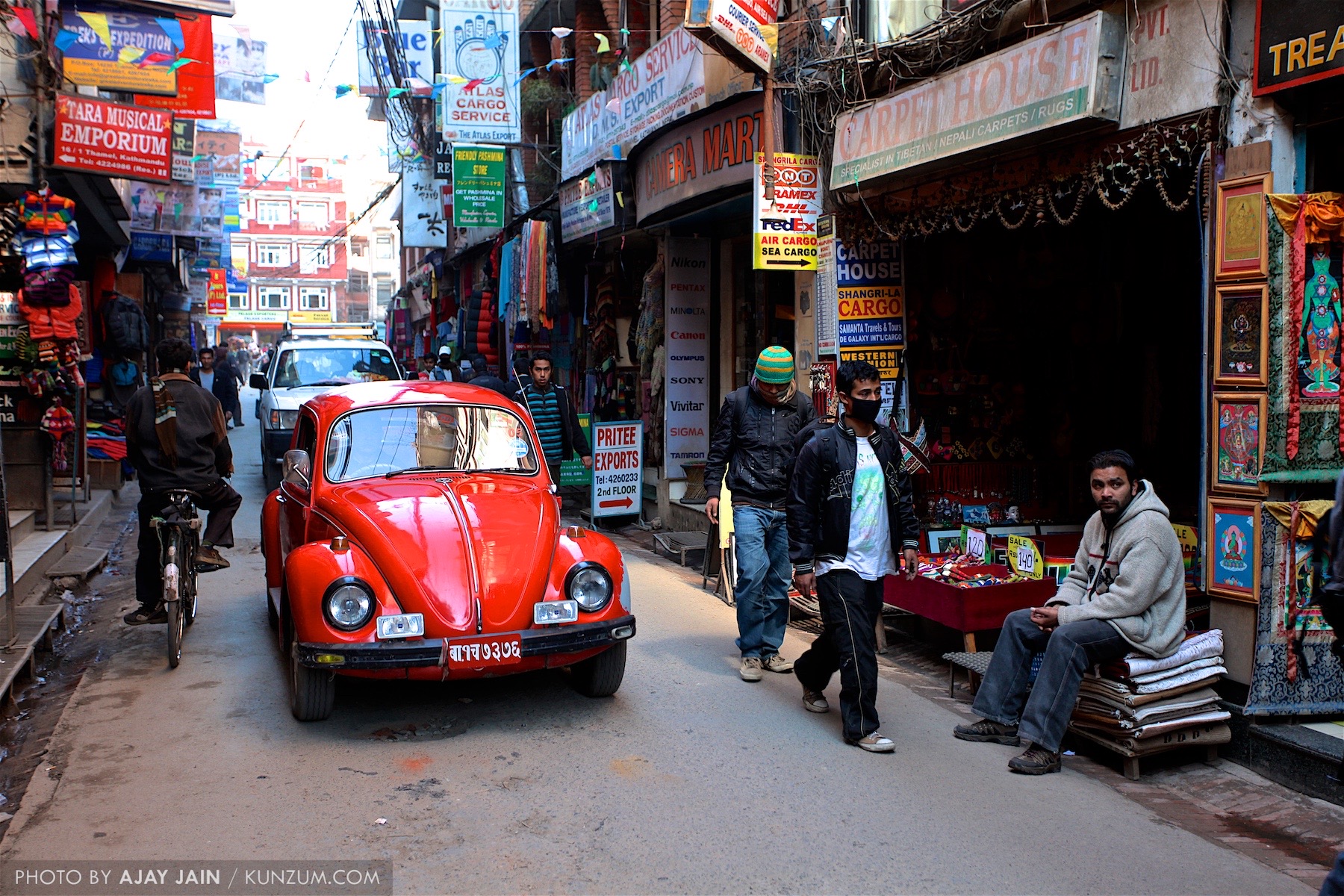
CHITWAN NATIONAL PARK
Getting to the Tiger Tops resort inside Chitwan National Park turned out to be one interesting ride. Parking the car at Meghauli airport – where only charter flights land and cattle graze much of the day – I was taken in World War II period Land Rovers up to a river, crossed it in a shallow row-boat and hopped on to another vintage Land Rover (I could have chosen an elephant too). It is another matter that all lodges inside the core of the reserve have since been asked to shut down and relocate to the periphery.
If you want to go off the grid and yet enjoy some fine things in life, go to Chitwan, a UNESCO World Heritage Site. Explore the forest in a 4-wheel or on foot – but watch out for any grumpy rhinos. Cruise down the Rapti and Narayani rivers with crocodiles, ghariyals and birds for company – and locals fishing for dinner.
End the great journey with a sundowner – fully aware that there will be another morning when you will find yourself driving to Nepal.
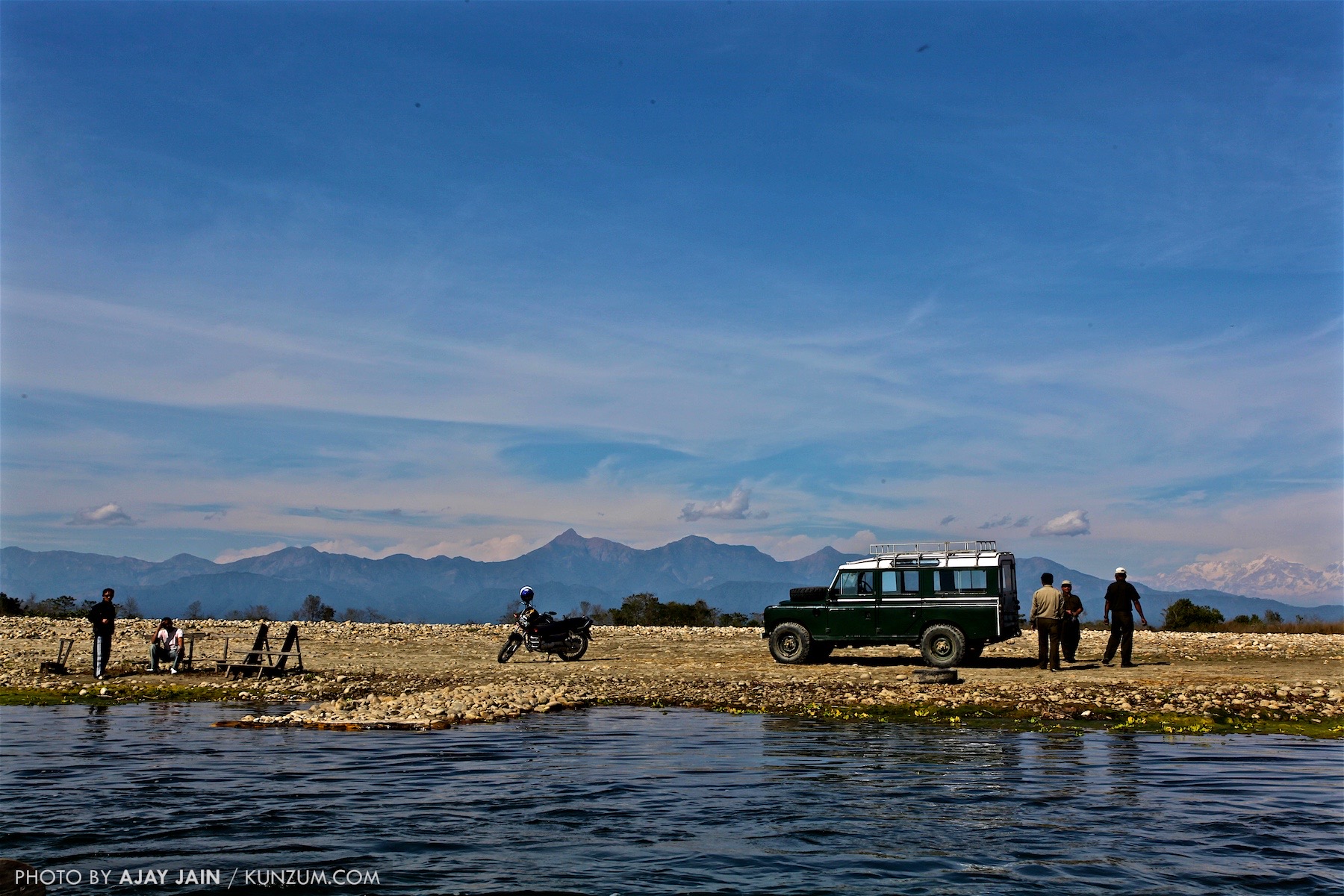
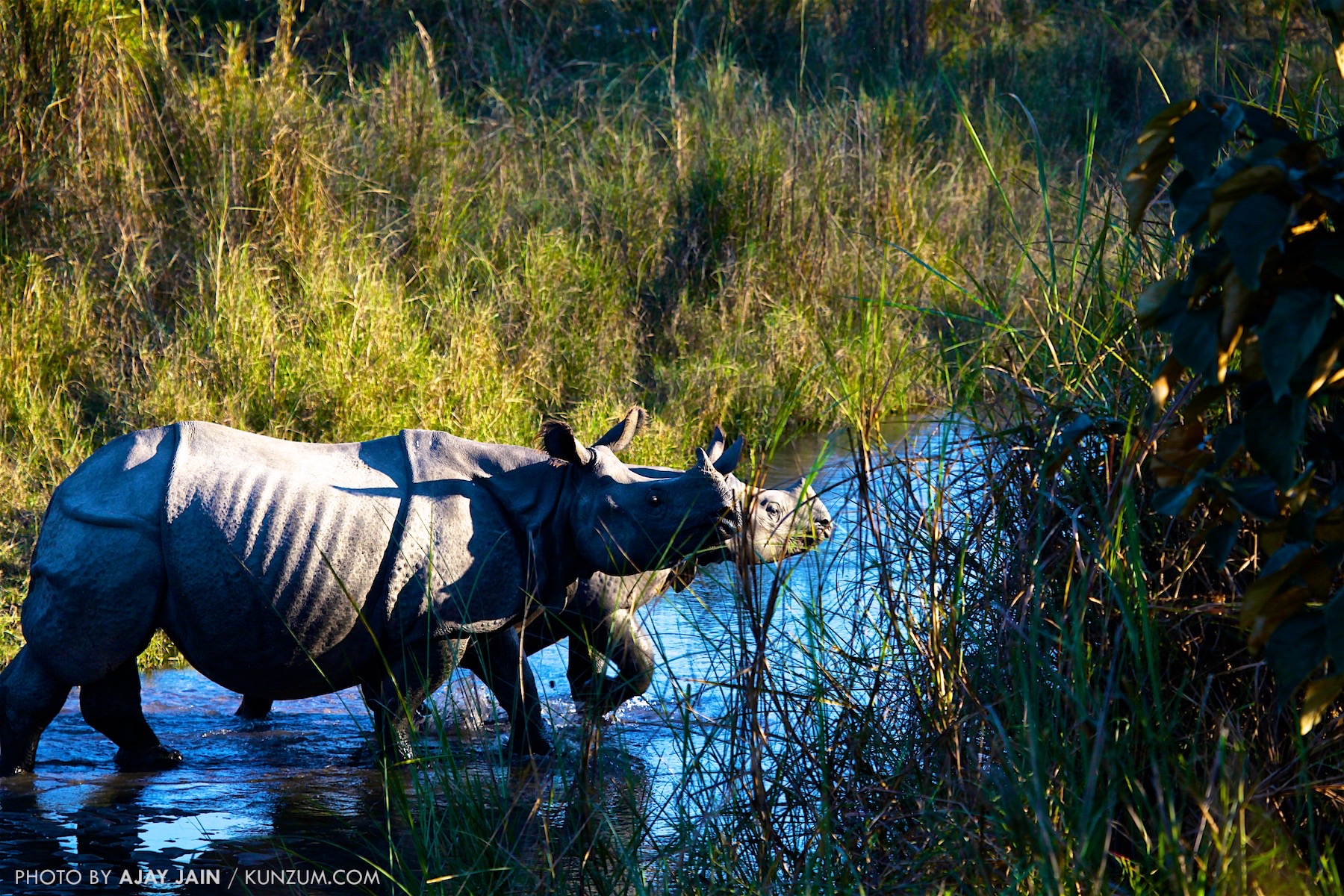
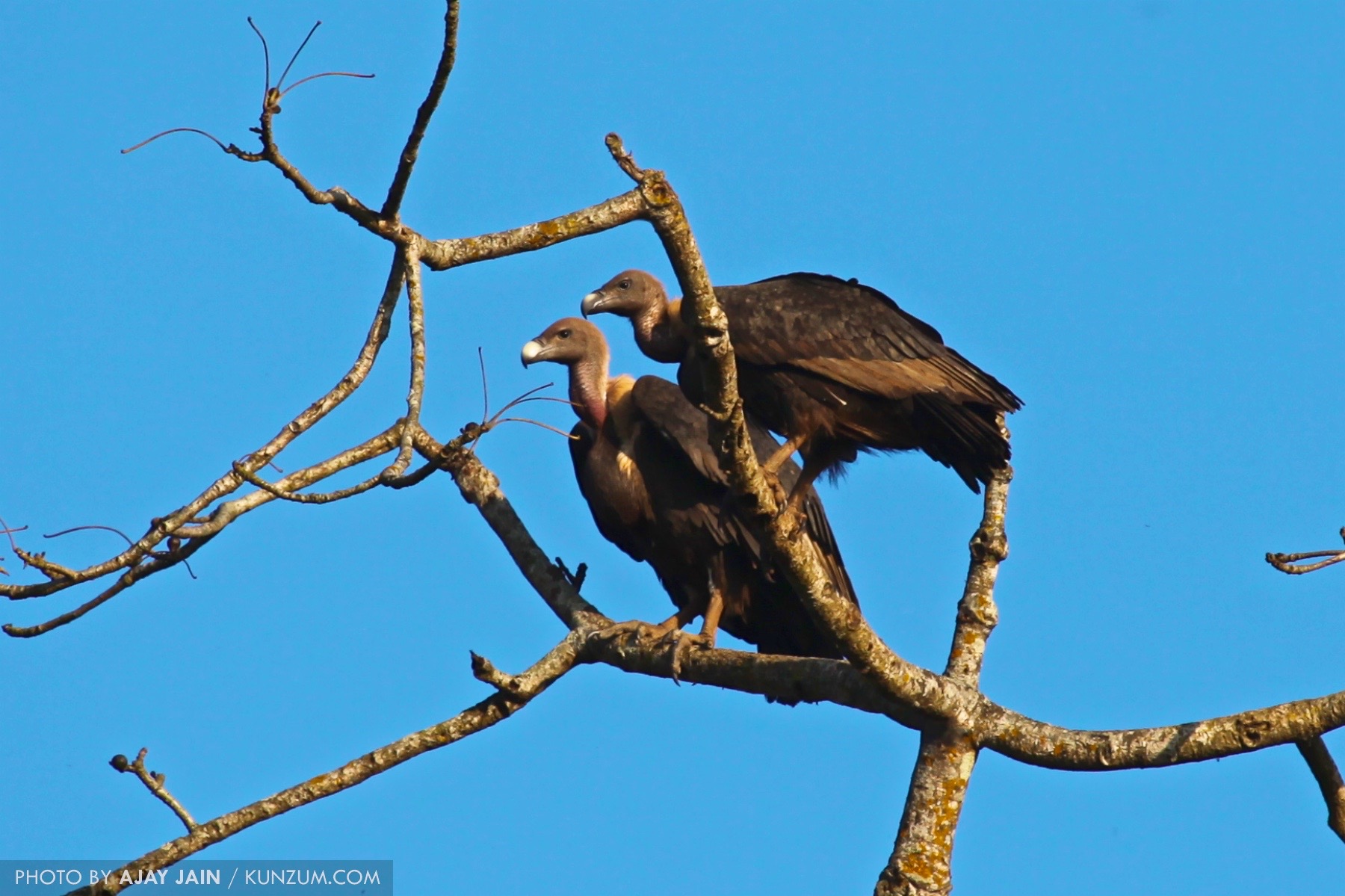
APPROXIMATE DISTANCES / TIME TAKEN
* Delhi – Shuklaphanta Wildlife Park (in Mahendranagar): 360 kms (225 miles) / 9 hours (Add one hour for border formalities)
* Shuklaphanta Wildlife Park – Bardia National Park: 160 kms (100 miles) / 2:30 hrs
* Bardia – Lumbini: 340 kms (212 miles) / 6:30 hrs
* Lumbini – Tansen: 80 kms (50 miles) / 2:30 hrs
* Tansen – Pokhara: 130 kms (81 miles) / 3:30 hrs
* Pokhara – Bandipur: 78 kms (49 miles) / 2 hrs
* Bandipur – Gorkha: 50 kms (31 miles) / 1:10 hrs
* Gorkha – Kathmandu: 150 kms (94 miles) / 4 hrs
* Kathmandu – Chitwan National Park (Meghauli Airport): 180 kms (112 miles) / 4:30 hrsNote: The above are actual driving times and do not include any stops, delays etc.

Nice Blog|
You share such a beatifull information abour Sri Lanka,
Keep sharing.
Please call the number given on the event page 🙂